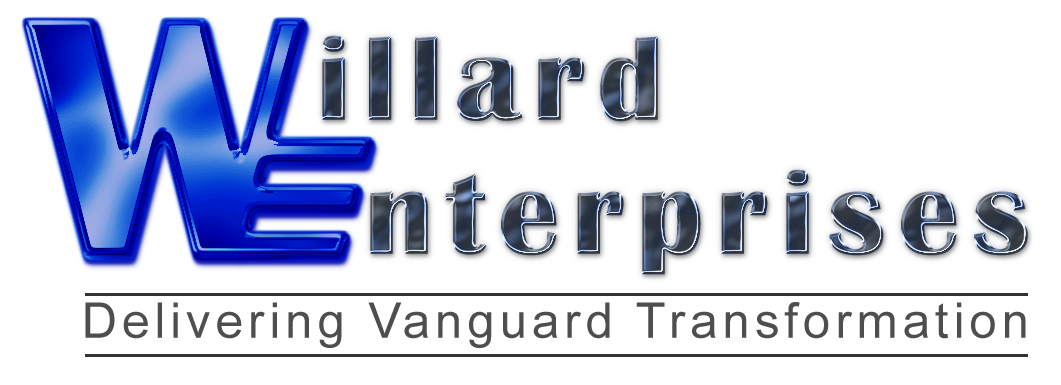In the previous 2 parts I reviewed the consequences of operating in either a Replacement or Protective Employment Model when managing staff, and also the pros and cons of each model when used exclusively in isolation. In this final segment, I focus on the pros and cons of implementing a balanced approach in your business and points you should consider.
Balanced Employment Model
Pros
- Sets an example to the team – In this example you get the best of both worlds. Staff potential is sought and recognised, and people are nurtured and promoted from within when possible. EQUALLY in the event where performance, integrity or company values are in question, people are moved out of the organisation rapidly and unyielding.
- Improves staff retention and enable businesses to quickly adapt to market pressures or innovate – Staff feel appreciated and respected. Businesses can ensure a constant healthy churn through attrition that keeps ideas fresh and staff healthily challenged.
Cons
- Without careful monitoring there is still a risk of promoting the Peter Principle – It is quite easy for well-run organisations to become complacent and slide back into bad habits. Ensuring that does not occur is a full time job in larger businesses and should be respected.
None of these HR principles run themselves. The monitoring and governance required to ensure rash decisions are avoided and all appropriate avenues are considered, requires a strong HR team that everyone trusts at all levels.
I have found that if a business shows its employees they are valued and helps develop them into better employees, then it is likely that staff turnover will be greatly reduced thus decreasing operating costs and management time, and greatly improving efficiencies. Equally, by keeping staff that become disenfranchised with the business, that business then runs the risk of contagious stagnation leading to increased staff turnover, increased operating costs and vastly reduced profits and customer retention.
That withstanding, Jack Welch said (I paraphrase) “Just because they aren’t an A-player here, doesn’t mean they won’t be an A-player somewhere else”, which should be considered in all situations to help the business and the employee. The responsibility to ensure a good balance is met cannot fall on the HR department alone. It is the responsibility of the entire organisation and HR is appropriately responsible for the monitoring, administering and guidance of these principles.
These are my thoughts, do you agree? I, as well as many of the other readers, would be interested to read your opinion.
Through Willard Enterprises, I specialise in helping businesses achieve successful lasting change through IT transformation, process improvement, smart sourcing and providing IT transparency such as assisting you in completing department health checks. As always, if there is something I can do to help your business or someone you know deliver their next challenge, please look at my website and contact me for more information.
